Kerala Poll Special | Ground report: Eco-Sensitive Zone set to become a major poll issue in Wayanad

Mail This Article
Political parties, religious organisations and farmers’ unions are organising street marches in Wayanad these days raising just one demand: Repeal the plan to establish Ecological Sensitive Zones (ESZs) around the Wayanad Wildlife Sanctuary.
The agitations began after the Union Ministry of Environment and Forests (MoEF) published the draft proposal for ESZs on January 28.
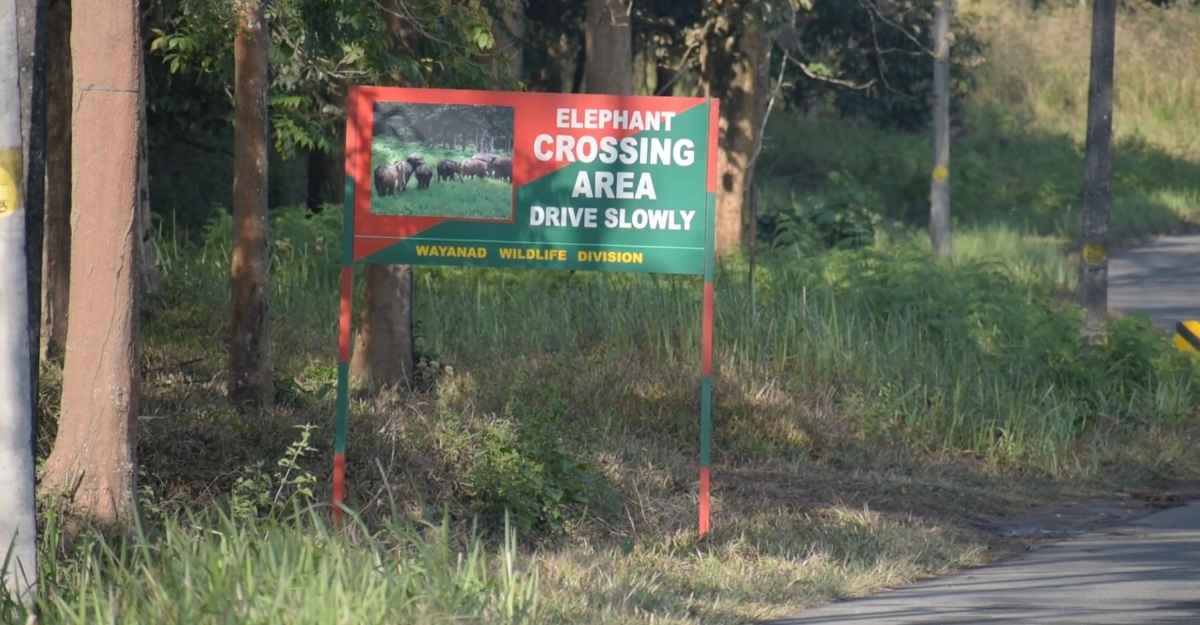
The Eco-Sensitive Zones are buffer areas set up outside national parks and wildlife sanctuaries to preserve the ecosystem.
In Wayanad, 118.9 square kilometre area has been earmarked as buffer zones. Certain activities are completely banned inside ESZs. This includes commercial mining, stone quarrying and setting up of industries causing pollution and major hydroelectric projects.
Some other activities are regulated. This means that no new commercial hotels and resorts will be sanctioned within one kilometre of the boundary of the protected area.

Activities such as rainwater harvesting, organic farming, cottage industries, agroforestry and the use of eco-friendly transport are encouraged inside the buffer zones.
But the proposal did not go down well with the farmers, who felt that the regulations would render their land worthless.
Protests grew in strength by the day. It took a political hue with the Congress-led United Democratic Front (UDF) organised a district hartal on February 8, apparently hinting that the BJP-led government at the Centre issued the notification based on the recommendations of the Left Democratic Front (LDF) government in Kerala.
LDF expressed solidarity with the agitating farmers. It cited Chief Minister Pinarayi Vijayan’s recent letter urging Prime Minister Modi to exclude densely populated areas from the purview of the buffer zone.
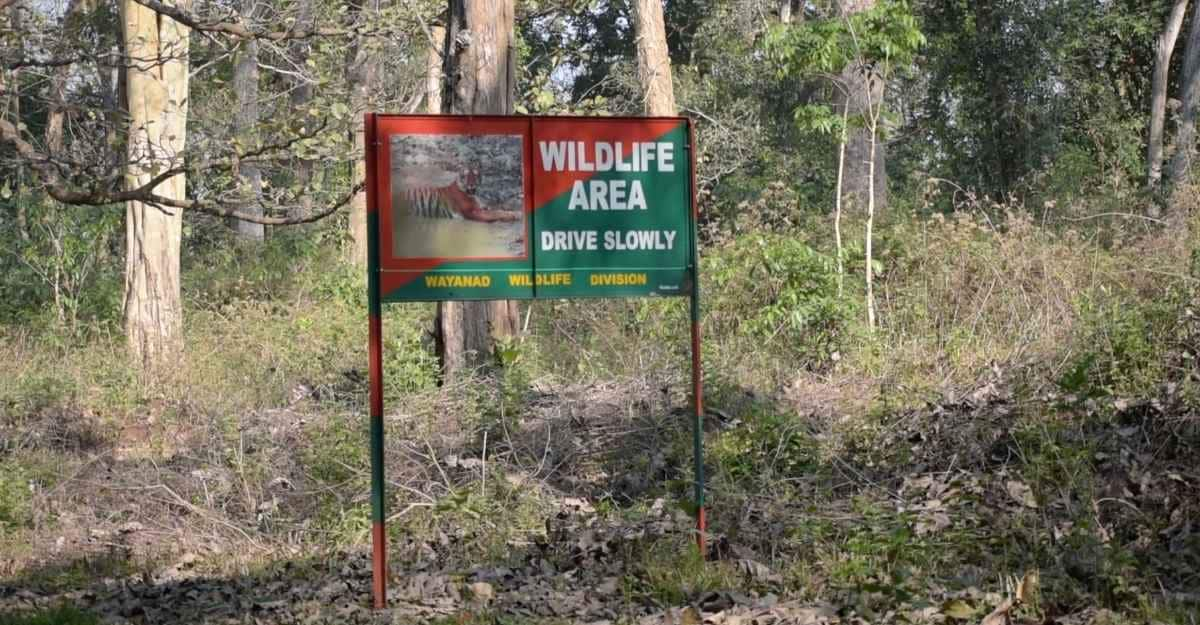
Political importance
The Wayanad Wildlife Sanctuary (WWS) is spread over an area of 344.53 square kilometres in Sulthan Bathery and Mananthavady taluks of Wayanad district.
The farmers’ protests will impact the outcome in Mananthavady and Sulthan Bathery assembly constituencies.
IC Balakrishnan of the Congress is the incumbent MLA in Sulthan Bathery. CPM’s OR Kelu represents Mananthavady.
The draft notification has included Thirunelli, Thrissilery villages (both Thirunelli gram panchayat), Irulam village (Poothadi gram panchayat), Pulpally village (Pulpally gram panchayat) and Kidanganad and Noolpuzha (Noolpuzha gram panchayat) in the eco-sensitive zone.
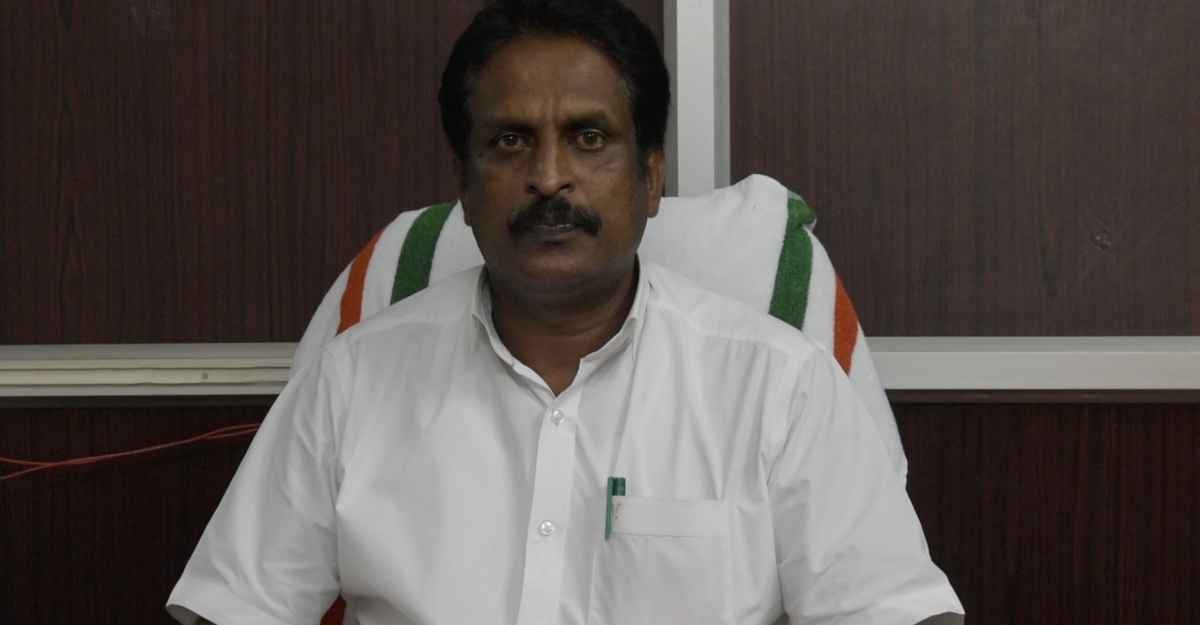
“The draft proposal has included a major portion of the Pulpally village in the buffer zone,” said Pulpally gram panchayat president TS Dileep Kumar.
“This will affect people’s lives. Constructions will stop. Traditional farming will be affected. People will face a lot of hardships,” he said.
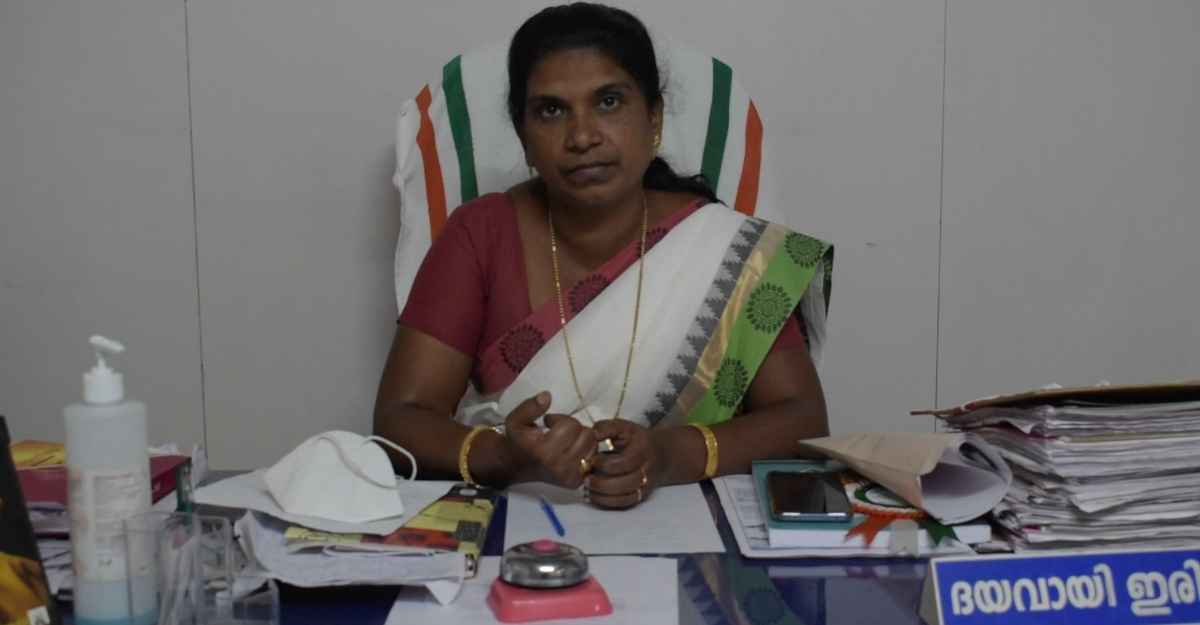
His counterpart in Poothadi Mercy Sabu too echoed the concerns.
“People of Irulam village are living in fear. Farming and construction are prohibited inside the buffer zone,” she said.
Congress leader Benny Kainikkal, who is the planning committee vice-chairman of the Noolpuzha gram panchayat, has no doubts that the eco-sensitive zone will figure prominently in the Assembly election. “Farmers are staring down the barrel and they will show their ire in the Assembly polls,” he said.
All the gram panchayats and gram sabhas have passed resolutions against setting up buffer zones and sought 60-day time from the Wildlife Warden to present their submissions.
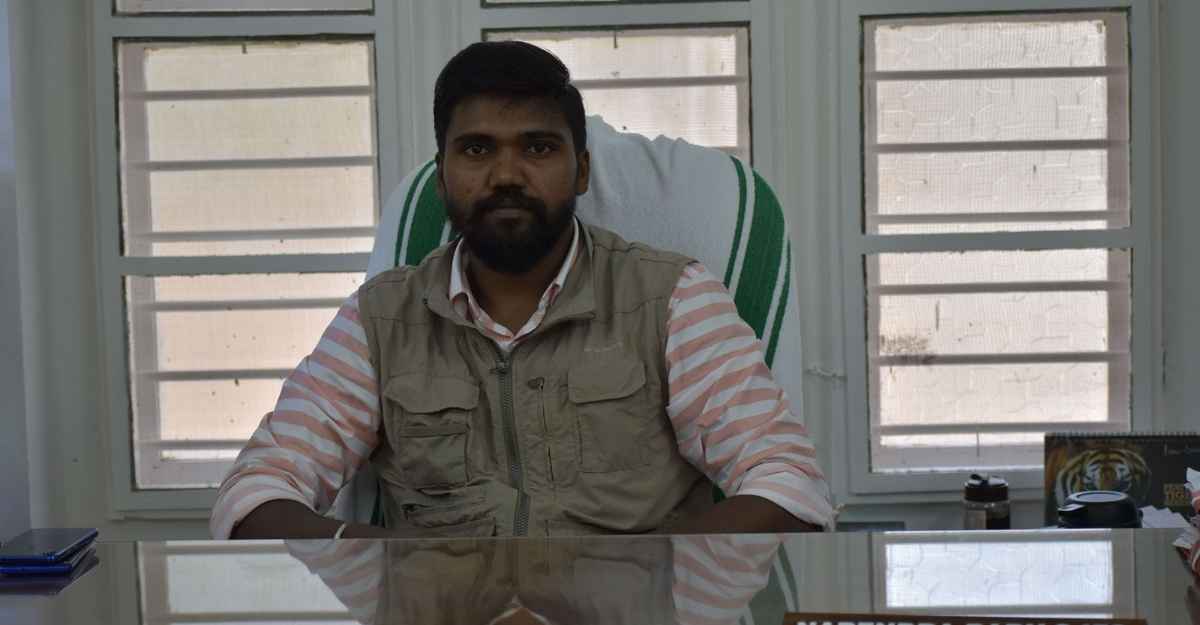
Allaying fears
Deputy Conservator of Forests and Wildlife Warden Narendra Babu said eco-sensitive zones are not against people.
He said only mining, stone quarrying and industries causing pollution and major hydroelectric projects are banned inside the buffer zones.
“There are no quarries or heavy industries near the sanctuary. So people do not have to worry about the buffer zones. It will not hamper agriculture or livelihood,” he said.
The ministry had first issued guidelines on the eco-sensitive zones in 2011. It then asked the state governments to identify buffer zones that may vary from area to area, but it could go up to 10km from the protected area.
The ministry had rejected three previous proposals by the state government to set up buffer zones around Wayanad Wildlife Sanctuary because of the inadequate coverage area.
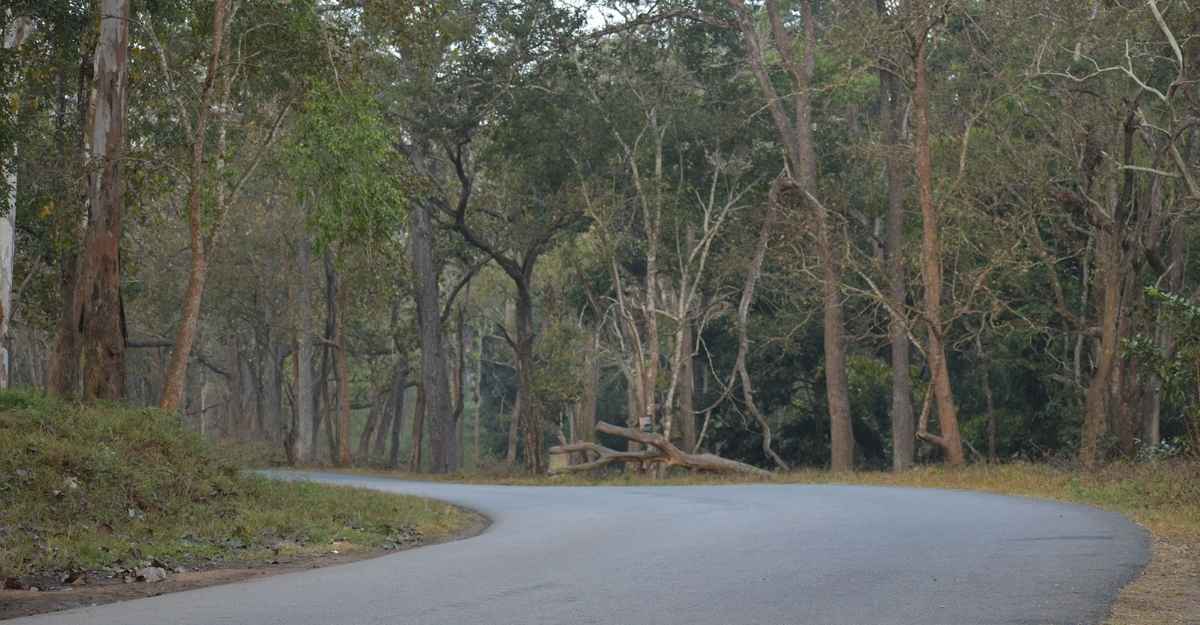
The first proposal, sent in 2013, was to set up a 1km buffer area. Subsequent proposals were sent in 2017 and 2018.
“It is impossible to submit a proposal without a buffer zone. In that case, the default buffer zone of 10km width will come into force,” said Babu.
He said the forest department will consult with people’s representatives and incorporate their suggestions before sending the final draft to the government. “The revised proposal will be sent to the ministry of environment and forests after the talks,” he said.
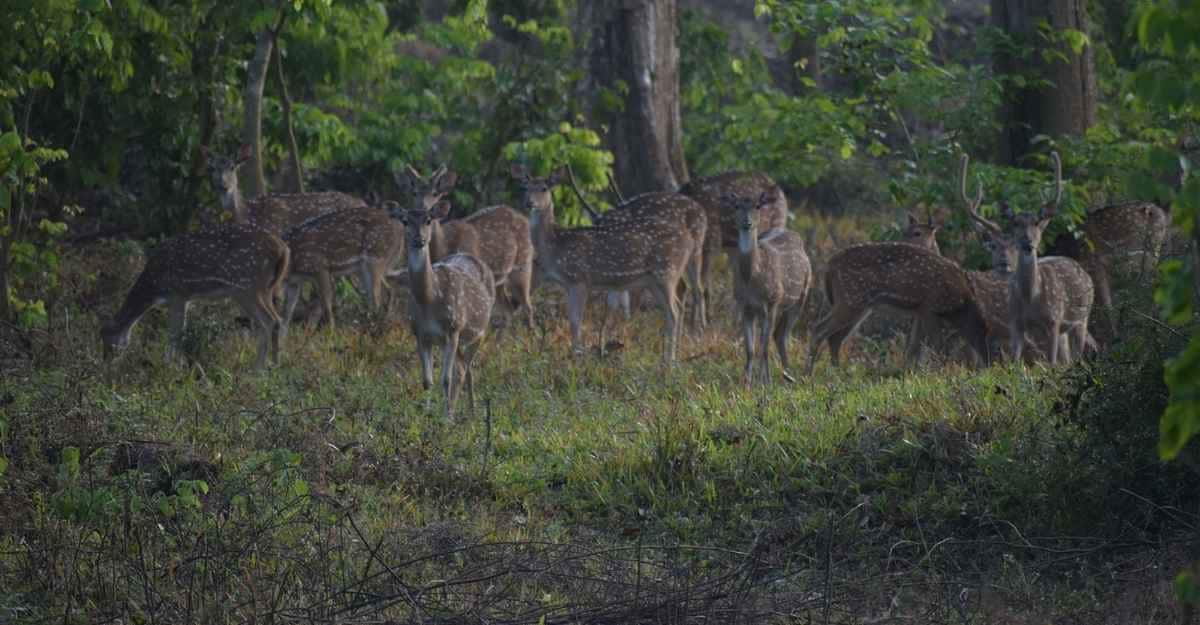
Differing views
Though the gram panchayat presidents claimed that all farmers are living in fear, this correspondent met a group of farmers who are not worried about the buffer zone in Chekadi in Pulpally.
Chekadi, which lies 35km north of the district capital of Kalpetta, is an enclosure of the wildlife sanctuary. More than 100 farmers cultivate rice in 300 acres of land here.
Ajayan, Benny are two among them. Ajayan said Chekadi residents do not have any worries about the buffer zone. “Chekadi residents know the pulse of the forest. And they do not need a buffer zone to protect it,” he said.
Benny said the draft prohibits only mining and big-time constructions. “So I am not worried at all,” he said.
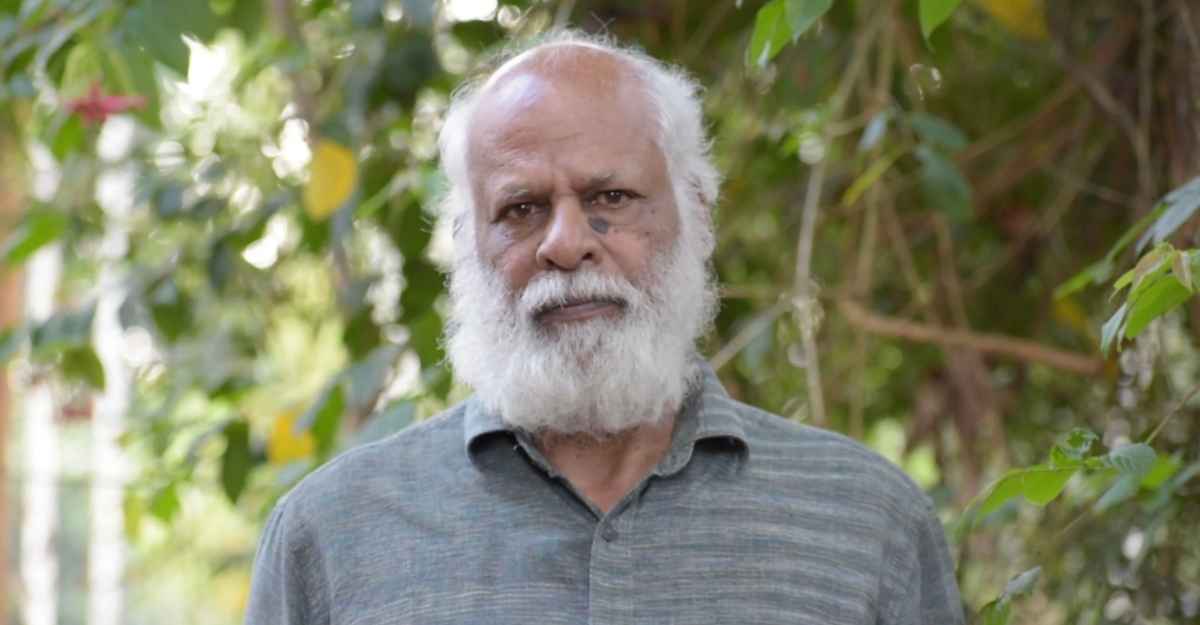
Agreeing with them is N Badusha, president of the Wayanad Prakruthi Samrakshana Samithi.
He said Wayanad is a junction of four major wildlife sanctuaries, such as Bandipur, Nagarhole, Mudumalai and Wayanad. “Eco-sensitive zones are in place in all other wildlife sanctuaries. So a buffer zone is a must around Wayanad Wildlife Sanctuary,” he said.
Badusha has studied the impact of eco-sensitive zones in many parts of the country. “From my experience, I can say that buffer zones will never adversely affect farmers and Adivasis,” he said.
On the brighter side, Badusha said eco-sensitive zones will reduce man-animal conflicts and will boost the tourism industry. “Eco-sensitive zones will open up plenty of opportunities for humans and nature,” he said.


